Toledo, Spain: What to See in the City of Three Cultures
Toledo is one of the most beautiful cities in Spain together with Segovia, which I love. It is just 70 km from Madrid and a good choice for a day trip. Toledo can easily be visited in one day, but you can also spend a nice weekend here.
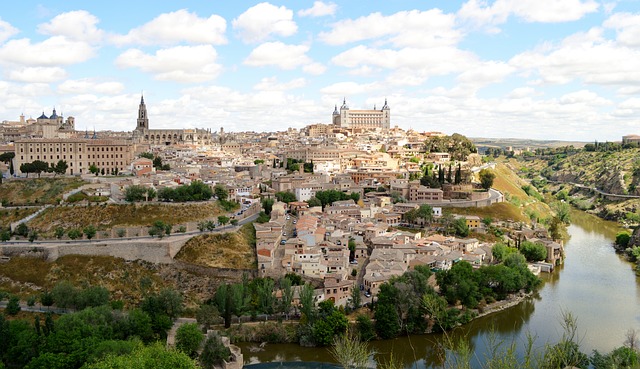
Toledo is the ideal destination for lovers of art, history and culture and it is also an interesting culinary center. There are delicious restaurants where you can enjoy traditional dishes like the typical “perdiz a la toledana“. The river Tajo crosses Toledo, perched on a hill and is a UNESCO World Heritage Site. What I like most about Toledo is that everything is the testimony of the people who have dominated for centuries. Walking through the typical streets you happen to find a Gothic church, a Roman or Renaissance building; this is why Toledo was named “La Ciudad de las Tres Culturas” (or “Cities of Three Cultures”), a nickname that refers to the cultures Christian, Jewish and Muslim, who lived within its walls and whose features are recognized in the art and architecture. Visiting Toledo means diving into the past.
CURIOSITY: A legend says that the founder of the city was Hercules. I like to believe it’s been that way 🙂
To reach Toledo don’t take the bus, but choose the train. A round-trip ticket is approximately €20 and will take you there in 30 minutes.
I planned an easy itinerary for those visiting Toledo on foot for the first time. I also added some interesting points of interest if you want to discover the spiritual soul of Toledo.
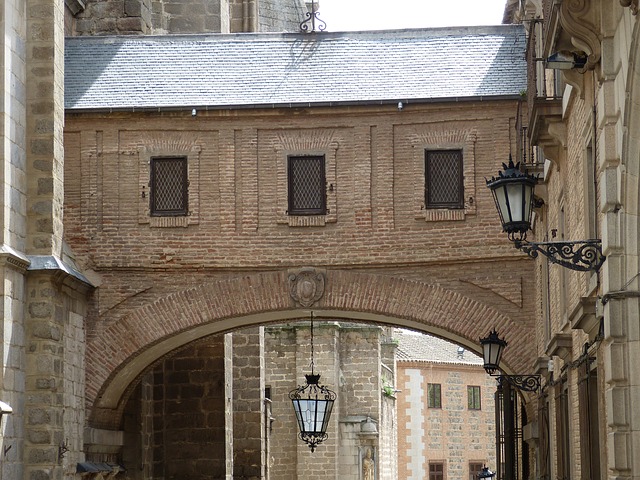
Start visiting Toledo from the outside of its walls. The old Hospital Tavera was the hospital of Toledo and then became the property of the Dukes of Lerma. It is not a must, because the entry ticket was 6€, too much compared to what it offers. You cannot take indoor pictures, but only of the courtyards. It is a Renaissance building, an imposing religious structure for social purposes. I enjoyed the patio, but the most interesting thing is that this building houses some of the works of Ribera, Zurbarán and El Greco. There are some artworks by El Greco like “El Bautismo de Cristo” inside the chapel. I loved the old pharmacy with stills, pots, and dispensaries, and the library with manuscripts and reports from the hospital. The atmosphere is pretty similar to Harry Potter locations. You can see original furniture, paintings, tapestries, etc. The crypt has a pleasant echo, the acoustics are amazing!
You can access Toledo through the door of Bisagra in Mudéjar style. This is just one of several doors of Toledo! Take Calle Real del Arrabal, on the right side is the church Santiago del Arrabal called La Catedral del Mudéjar, perhaps built during the reign of Alfonso VI. The tower is reminiscent of a minaret. Puerta del Sol, in Mudéjar style, has Arabic features and, at the same time, Christian. It is flanked by two towers. At the centre of the arches are the remains of an early Christian sarcophagus of the fourth century. This door allows direct access to the heart of Toledo.
Keep walking towards calle Carretas and Calle Venancio González until you reach the Paseo del Miradero, where you can enjoy a wonderful view. Reach Plaza de Zocodover. This square, in the Arab domination age, was called Suk-al-dawad which means “animal market”, because it was the vital centre of commerce. In the past, the bull ran during popular feasts. Today the square is the starting point where the crowds gather to join in festivals and ceremonies, such as that of Corpus Christi. The balconies are adorned with coats of arms representing the Eucharist.
NOTE: If you love popular festivals there are other celebrations like Semana Santa, the European Days of Jewish Culture, the Festival of Three Cultures.
Visit the beautiful fortress of Alcázar, with the military museum and the regional library. Once it was the imperial residence. The position of this fortress is amazing. It sits right on the highest hill of the city. The castle has undergone several fires and was destroyed during the war of 1933. From the castle, you can enjoy a breathtaking view of the valley. Unfortunately, the castle is not open to visitors, but you can enter the library and go to the bar to enjoy the view.
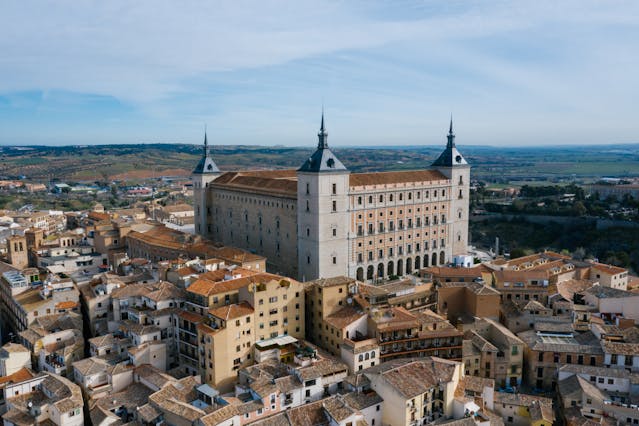
From the Alcázar castle head to calle de Alféreces Provisionales. Continue until you find the stairs that take you to a small square. Here are three impressive architectural buildings: Hospital de Santa Cruz, who welcomed the orphans, the Convento de Santa Fe (unfortunately it is not open, there is the beautiful Belén chapel of the XI century in Caliphate style inside of it) and the Convento de la Concepción Franciscana (where the cloistered nuns stay).
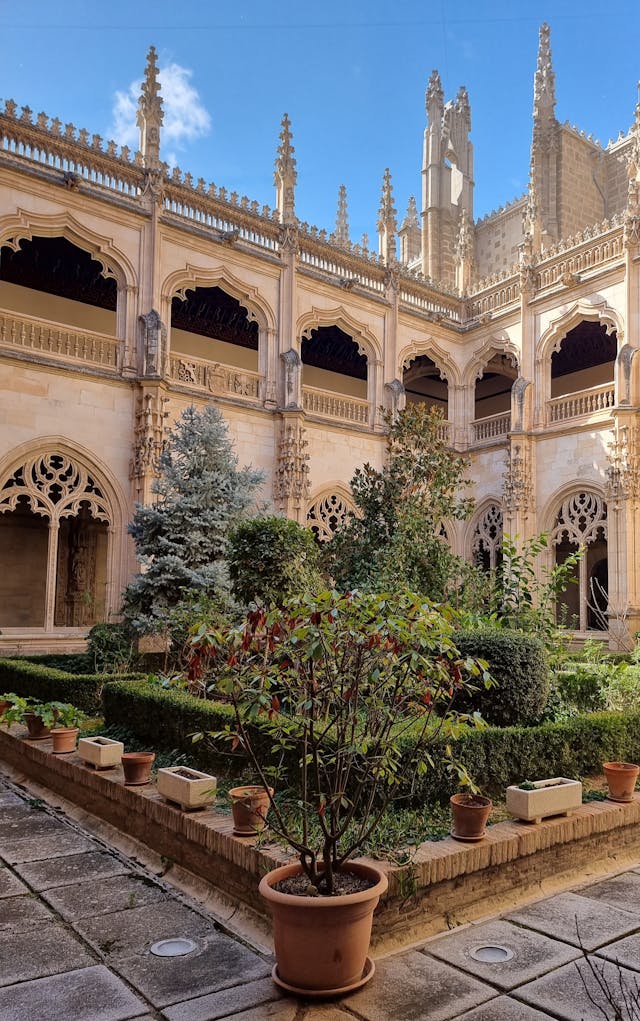
The next stop is the Cathedral, one of the most important monuments of Toledo and in the world, dating back to 122. It is mainly in the Gothic style, although different elements from other cultures converge. The Hell, the Forgiveness and the Judgment are doors in the main entrance. Above the doors, is a sculpture representing the “Last Supper”. In the façade two towers rise; one culminates with a spire in Gothic Flamboyant style with French mark and the other ends in a Gothic-Renaissance dome. There are several chapels inside the Cathedral. The Mass in a Mozarabic rite is still celebrated in the chapel of Corpus Christi! To enter the Cathedral there are two types of tickets, one lets you visit everything but the towers of the bells (it is from here, from Campana Gorda, that there is an exceptional view of Toledo). If you also want access to the Campana Gorda buy a ticket that includes the complete tour of the Cathedral. Learn more here. The audio guide is included in the tickets. You can admire another artwork of El Greco, called “El Expolio”.
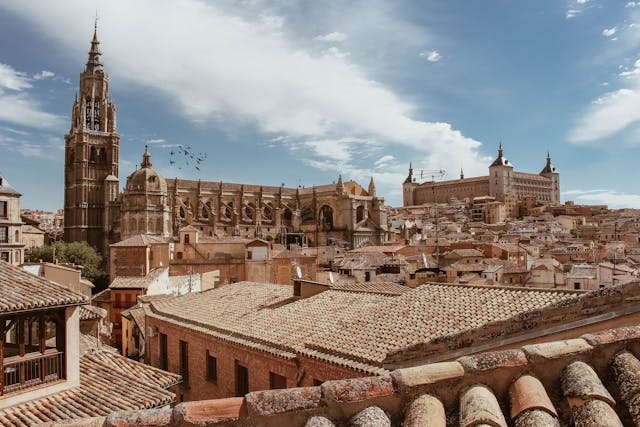
Go to Plaza del Ayuntamiento. Here are the Renaissance palaces Arzobispal and Ayuntamiento, with two Baroque Spiers. Along Calle de Santa Isabel you’ll come across the cloistered convent of Santa Isabel de los Reyes, dating back to 1477. In Plaza San Andrés, there is the church of San Andrés with Muslim and Visigothic elements and a beautiful altar.
Walking along the banks of the Tajo River is a unique experience. You find yourself immersed in history and nature at the same time. Right on the river, you can see the Alcántara bridge, a Roman bridge built between 104 and 106. You can get there from Paseo de la Incurnia.
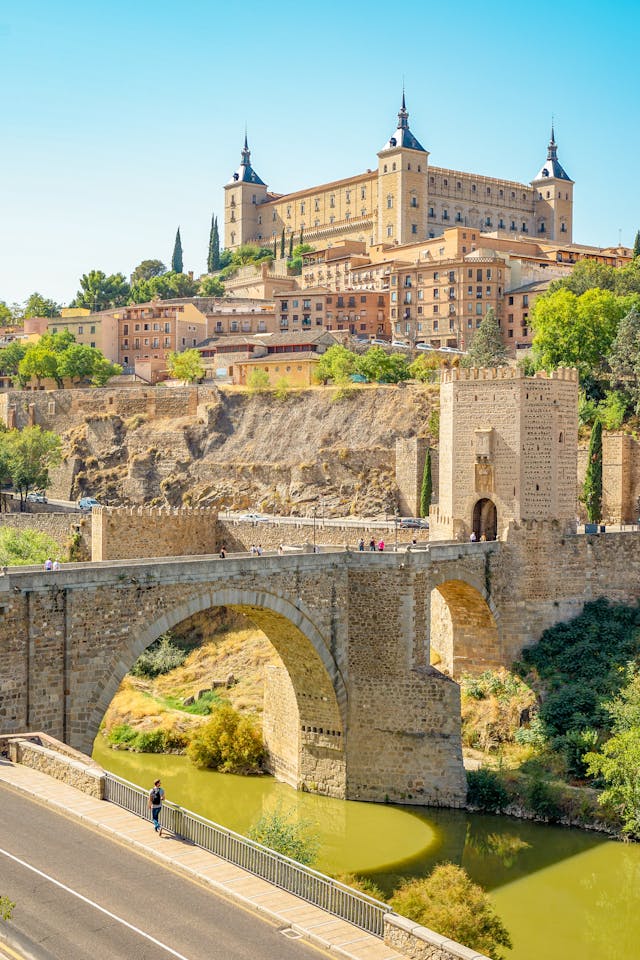
NOTE: Castillo de San Servando is an attraction that unfortunately cannot be visited inside but that lends itself very well to take some great pictures thanks to the beauty of the surrounding landscape. You can reach it from the Puente de Alcántara. It is a sixteenth fortress built on top of another castle of Muslim origin, which in turn was built on a Visigoth church build on top of another Roman fort. Today it is a hotel.
During this walk, you will find the typical Casa del Diamantista, which is now a school dedicated to restoration. He belonged to the artist Don José Navarro, who sculptured Isabel II crown.
CURIOSITY: the legend tells that Isabel II commissioned a crown for her coronation at the best goldsmith in Toledo. The goldsmith try to draw the outline of the crown, but he did not feel inspired. After many sleepless nights he was tired and desperate and one night he fell asleep. Next morning he found a picture of a beautiful crown, but he could not remember having done. He set to work and began to carve precious stones. He fell back exhausted on the desk, after many hours of work and when he woke up the job was mysteriously moved on. Then he decided to know more about what happened when he slept so he pretended to sleep and saw elves of the Tajo. The next morning he found the most beautiful crown finished.
Keep walking to San Lucas, a cluster of ancient and rare beautiful buildings. They contain remains of Gothic paintings and a Mudejar tower.
NOTE: Cuesta de San Lucas and Calle de San Juan de la Penitencia, have great views of Toledo.
Walk until you find yourself in front of several buildings and the Posada de la Hermandad. It was a prison and headquarters of an organization that fought the raiders.
TIP: Toledo is also well known for its artists who work Damasquinado jewelry with chisel and hammer. You could buy nice earrings. Toledo is also popular for swords. A place where to buy Damasquinado stuff is Damascene-Damasquinado at Calle Taller del Moro 7.
Where to eat in Toledo
For lunch, nothing is better than the area around the main market, which lies in Zocodover Plaza.
If you want to taste a typical dish of Toledo, perdiz a la toledana, go to El Peñon, located outside the walls of Toledo in Calle Carrera 31.
To enjoy an inexpensive lunch without sacrificing quality you can taste the delicious tapas at Lo Nuestro in Calle San Juan de Dios 7, try the migas, fried bread with garlic and paprika. Deer meat is good too. The restaurant is very characteristic of the typical Spanish style.
Another place is the Comes, in Calle Sierpe 4, where you can enjoy tasty tapas and hamburgers. I chose the chicken with rosemary potatoes and a nice big salad. Brownies with ice cream are so delicious!
For dinner, my top restaurants are Alqahira Rincón de Oriente in Calle La Ciudad 7, if you love Arabic cuisine. I chose delicious tajine and kebab.
Or La Orza, but it is not cheap. I tasted cheeses from La Mancha with nuts and raisins jam. The portions are not abundant but I felt satisfied.
Another top restaurant is Tobiko which presents Spanish dishes with a touch of Orient. It is at Ronda Buenavista 27 and there is also a fixed.
Where to stay in Toledo
Two of my favourite hotels in Toledo are:
Hostal Casa de Cisneros, 10 minutes from the Zocodover square and just in front of the Cathedral. The staff is polite and friendly. The hotel is beautiful and in the typical Toledo style. The rooms are named like the cardinals of the Cathedral, who once stayed here.
If you prefer staying in a modern hotel choose Antidote Rooms in Calle Recoletos 2, in the center of Toledo. The hotel is housed in a historic building, carefully restored. Rooms are nice, there is also a private terrace with an excellent view of Toledo. Breakfast is tasty, with homemade cakes.
The spiritual side of Toledo in Spain
If you still have time you can integrate your itinerary with these attractions in Toledo (they are all in succession to make your itinerary easy to follow). They are nice to visit if it is not your first time in Toledo and want to linger on spiritual and religious points of interest, or if you decide to stay one more day.
NOTE: Many travellers talk about a must place to visit: the Mezquita of Cristo de la Luz. I am so disappointed and honestly I would not recommend. It is a small mosque with Romanesque frescoes, inscriptions and horseshoe arches… It seems that the horse of Rey Alfonso VI was attracted by the dazzling light emanating from inside the mosque.
Toledo Cathedral. It is a gem that you should not miss.
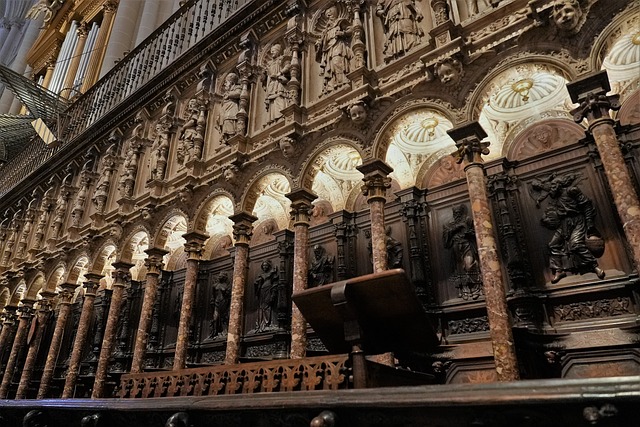
Church of El Salvador. It is in the area of the Jews of Toledo. It was built in 1041. In the past, it was an ancient mosque.
Taller del Moro. It is opposite the church of El Salvador. It is in a Mudejar style. Here the carved marble of the Cathedral was built. Now the museum is geared toward Arabic and Mudejar applied arts.
Church of Santo Tomé. It is next to the Taller del Moro and has a beautiful Mudejar tower dated XIV. It is popular because it is kept inside the artwork of El Greco “Burial of the Conde de Orgaz“, rich in spirituality. Painted in 1586 it represents the Burial of Count Orgaz by St Augustine and St Stephen, poised between earth (earthly life) and heaven (spiritual life). The Heaven and the Earth are connected with the ascent of the soul. Everything is under the artist’s watchful eye retracted under the angel’s wing.
Synagogue of Tránsito. It is in Calle Samuel Leví and it is also a Sefardí museum. It was built in 1357. The walls adorned in arabesque style, the Hebrew inscriptions and the Castile weapons are the main features of the synagogue. The museum exhibits various Sephardic pieces. It is closed on Monday.
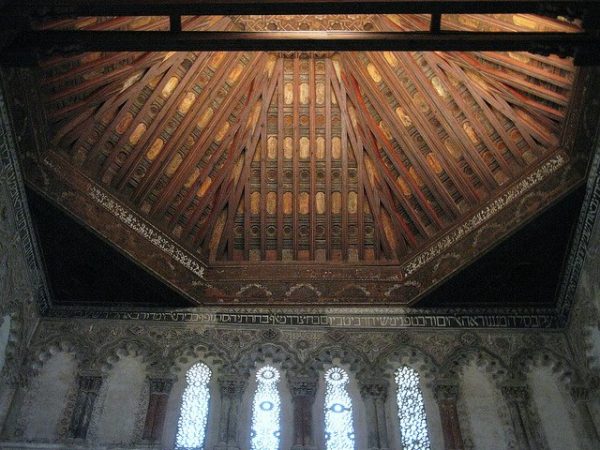
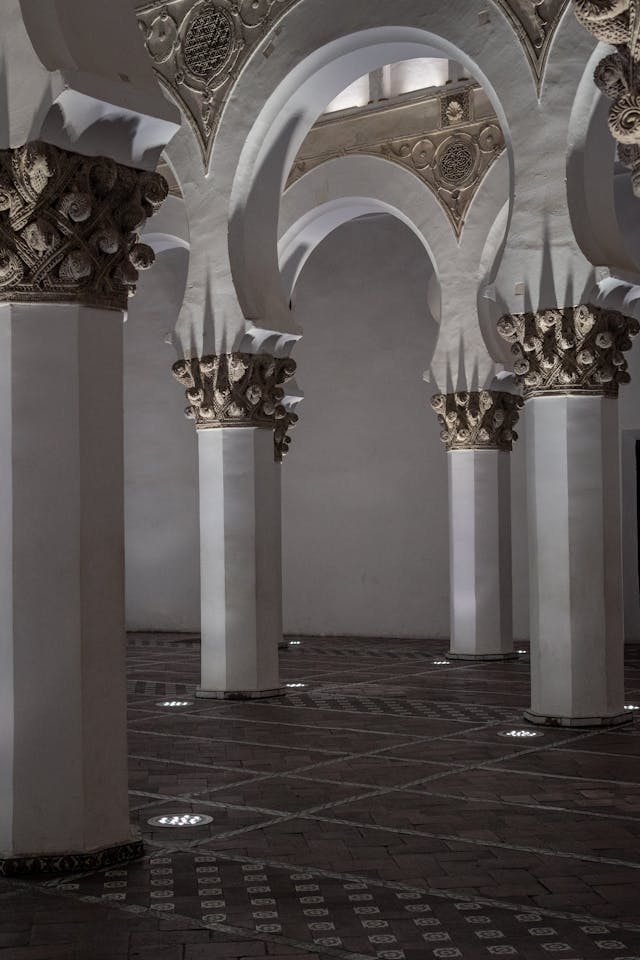
Walk along Calle de los Reyes Católicos. From calle de los Alamillos de San Martín, you get to the Puente de San Martín dated XIII, which still retains its defensive towers. From the river banks to the Plaza de San Martín, go to Paseo de la Ronda, and arrive at Puerta Cambrón. It was in Visigoth style but now has a Renaissance look. Do not miss the famous Cristo de la Vega a Mudejar hermitage, located next to the archaeological remains of Santa Leocadia basilica, where the most famous Visigoth kings were buried.
As you can see Toledo in Spain is a cute town deeply linked to spirituality. It is worth it to visit!
Have you ever been to Toledo in Spain? What do you like most?


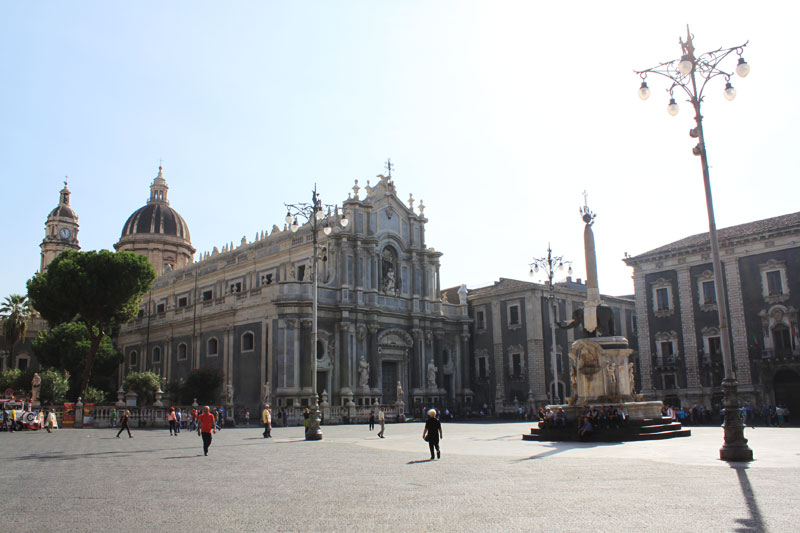
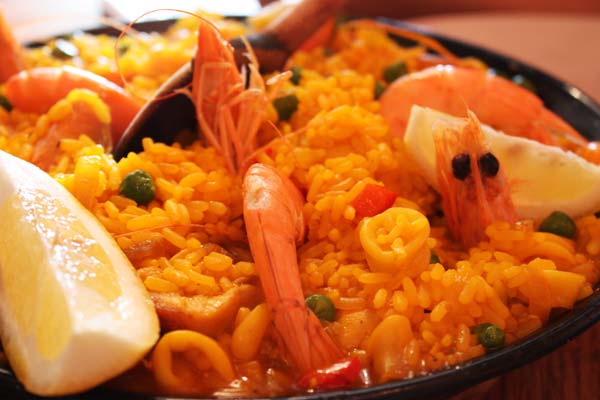

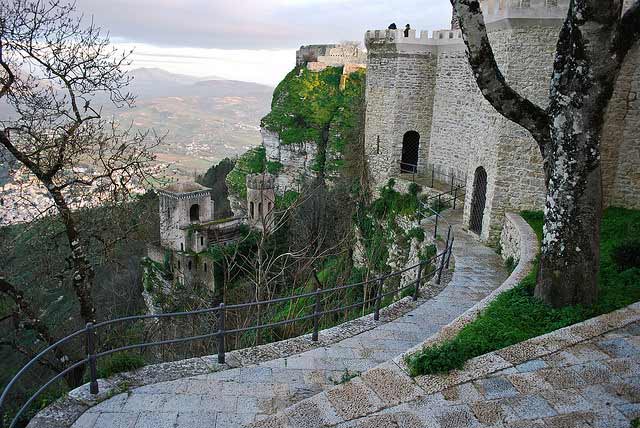
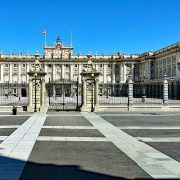
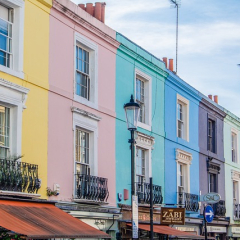


Toledo is such a historic and beautiful place! These suggestions are just great, Maria!
I agree Agness, Toledo is a must-visit place. Thank you for your nice comment 🙂
Those architectures are crazy! I have always been wanting to go to Spain but Toledo wasn’t on my list! Now I’m including it. Thanks 🙂
I am so happy to have aroused your curiosity Christine. Toledo is really nice! You should include Segovia too! I’ll write about it as soon as possible 🙂
Segovia as in the City in Avengers? Lol. I’m researching more places in Spain now. When we think of Spain, our choices are normally limited to Barcelona, Ibiza and Madrid. I’m glad to find other cities that are worth visiting in Spain 🙂
Hi Christine!
That was Sokovia, sounds are pretty similar! So sorry, we won’t find the Avengers LOL
But Yes, there are so many cute towns in Spain. I visited many of them and they are worth to visit! 😉